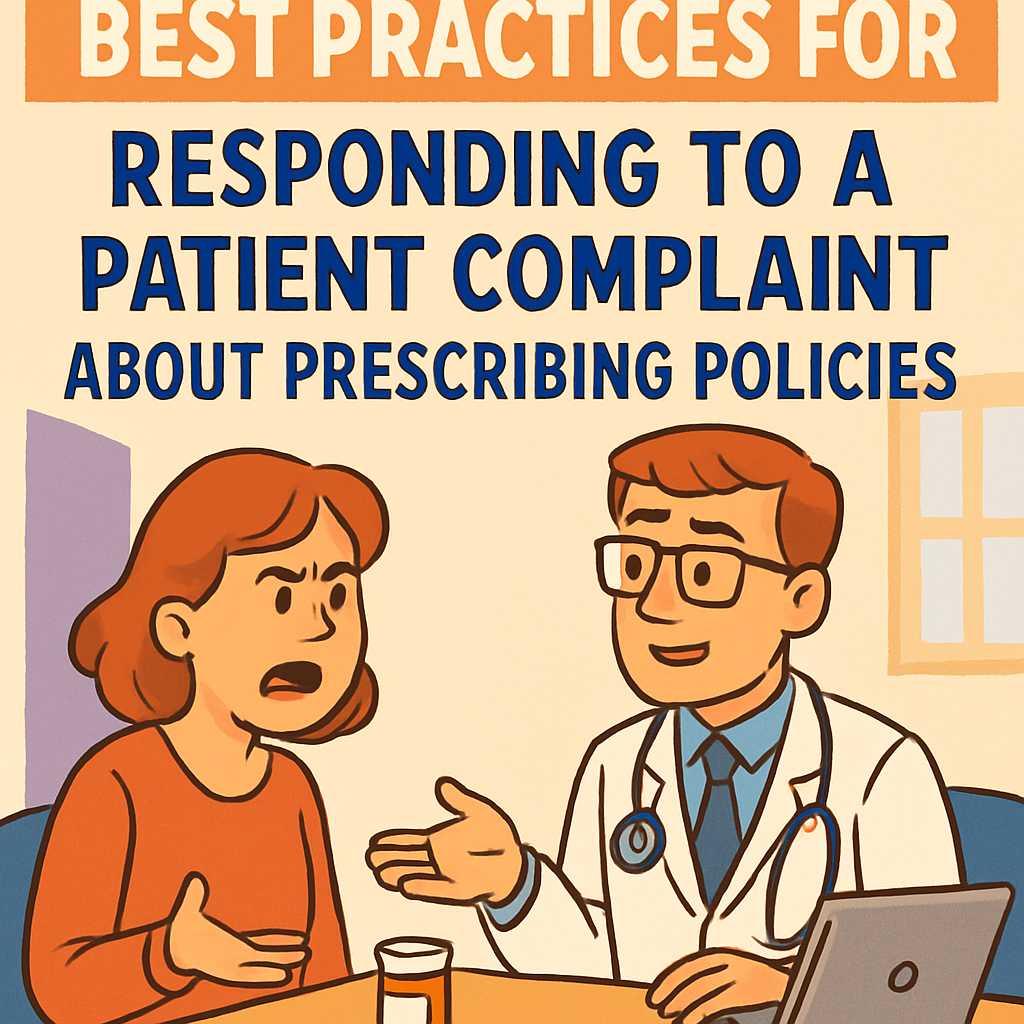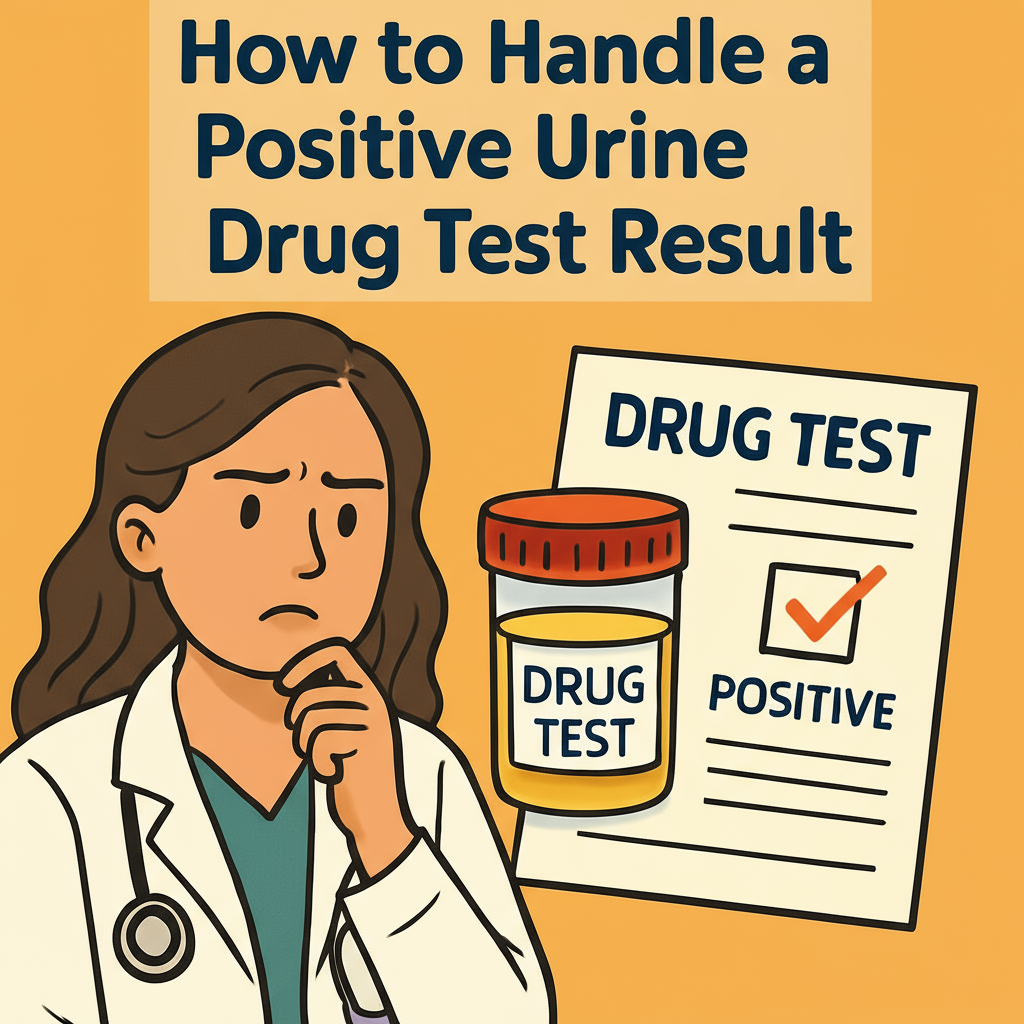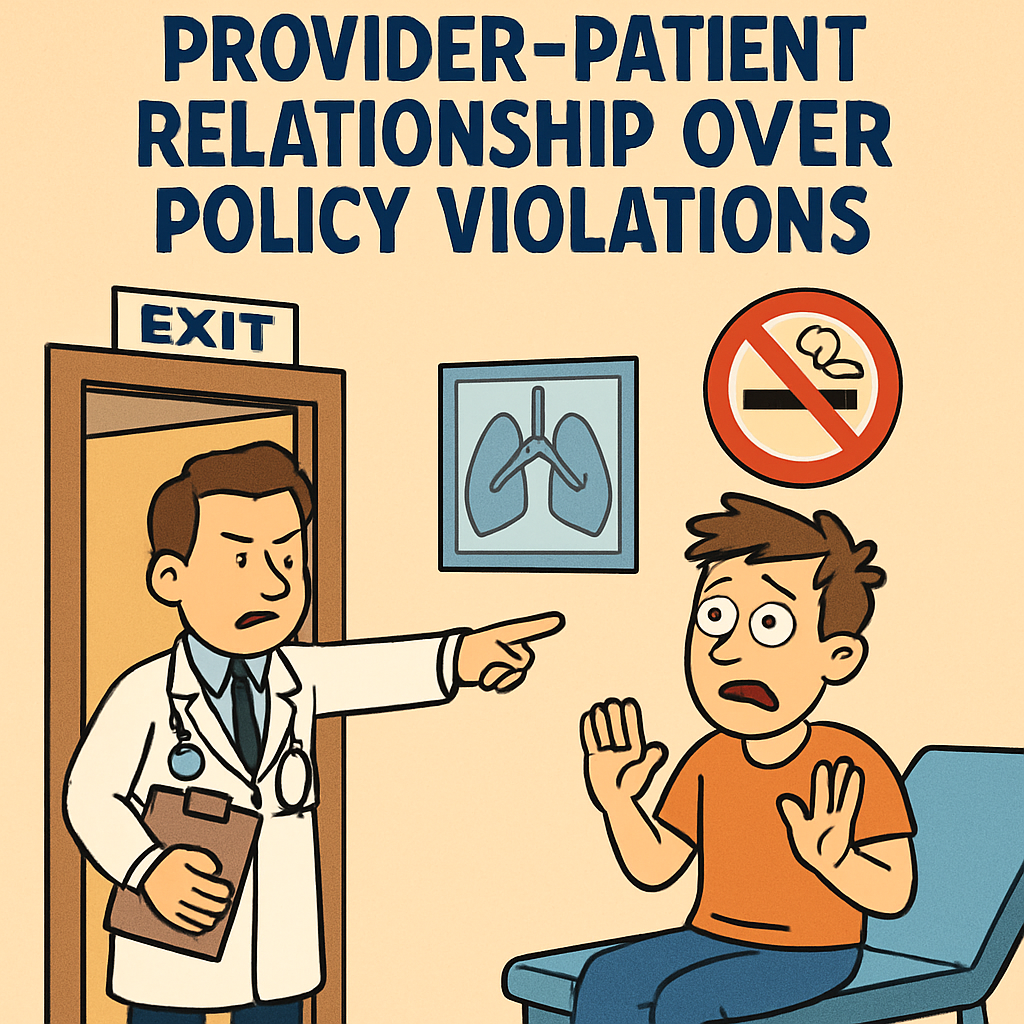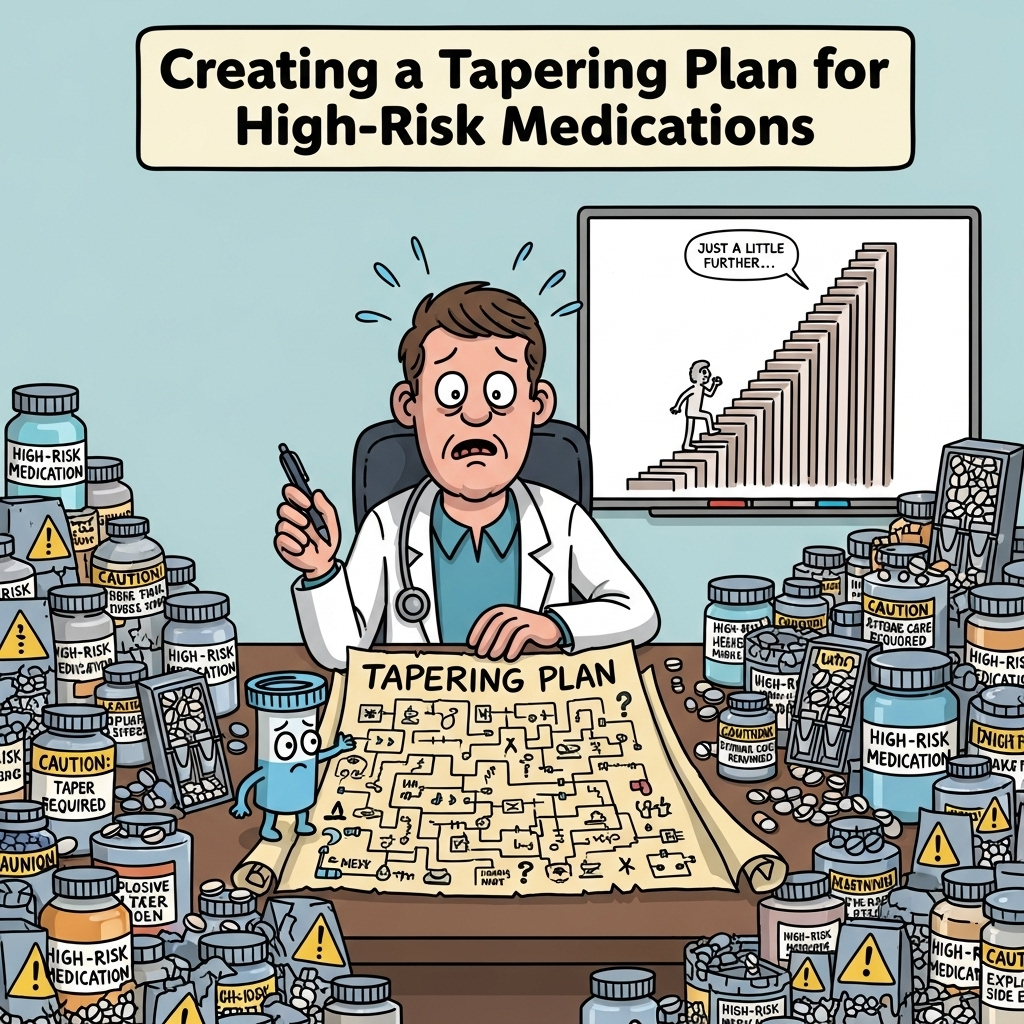
Best Practices for Responding to a Patient Complaint About Prescribing Policies
Doug Jorgensen
April 1, 2025
Introduction: Complaints Are Inevitable—How You Handle Them Matters
Any provider who prescribes controlled substances will eventually face a patient who pushes back against monitoring requirements, dosage adjustments, or medication discontinuation.
The key isn’t to avoid complaints—it’s to manage them in a way that preserves patient relationships while protecting compliance.
The way you respond can determine whether the complaint stops at the front desk—or escalates to a board or legal action.
Common Triggers for Patient Complaints
- Dose Reductions or Discontinuations – Especially when patients feel the change wasn’t fully explained.
- Increased Monitoring – Additional urine drug testing, pill counts, or more frequent visits.
- Refusal to Prescribe Certain Medications – Due to safety concerns, risk profile, or policy changes.
- Policy Enforcement – Patients being discharged for policy violations.
Step 1: Listen Without Defensiveness
- Hear Them Out – Let the patient explain their perspective without interruption.
- Acknowledge Their Feelings – “I can see this is frustrating for you” goes a long way toward diffusing tension.
- Avoid Escalating Language – Keep the tone calm, respectful, and nonjudgmental.
Step 2: Reframe the Issue Around Safety
- Emphasize Patient Protection – Explain that monitoring and prescribing policies exist to keep them safe.
- Reference Standard Protocols – Make clear these rules apply to all patients on high-risk medications, not just them.
- Cite Guidelines and Regulations – When patients see that your decisions align with medical standards, it reinforces legitimacy.
Step 3: Communicate Policy Consistency
- Have a written controlled substance policy you can reference.
- Show that you follow the same procedures for every patient in similar situations.
- Avoid making exceptions that could undermine your policy or create liability.
Step 4: Offer Options, Not Ultimatums
- Treatment Alternatives – Suggest non-controlled medications, behavioral therapies, or referrals to specialists.
- Step-Down Plans – For dose reductions, outline a gradual approach with monitoring.
- Referrals – If the patient insists on a course you can’t support, offer a referral to another provider.
A patient’s refusal to engage in any treatment apart from controlled substances is a significant warning sign. A multidisciplinary approach to treatment, which includes participation in other therapeutic interventions, is essential and should not be optional for patients.
Step 5: Document the Interaction Thoroughly
- Record the nature of the complaint, your response, and any resources provided.
- Include patient statements that confirm understanding, even if they disagree.
- If a patient refuses to comply with policy, document the refusal and next steps.
Step 6: Know When to End the Relationship
- If a patient repeatedly violates agreements, becomes abusive, or refuses to follow monitoring protocols, termination of the provider–patient relationship may be appropriate.
- Follow your state’s rules for proper notice and continuity of care. Your controlled substance agreement (CSA) should clearly define the consequences of violating the agreement, such as probation or termination from the practice.
Preventing Complaints Before They Happen
- Set Expectations Early – Introduce monitoring requirements at the very first visit.
- Provide Written Policies – Patients should receive a copy of the controlled substance agreement and clinic policy.
- Reinforce Consistently – Review policies during follow-up visits, especially if new requirements are added.
Final Thoughts: Complaints Are a Communication Opportunity
Handled well, a complaint can turn into a chance to educate the patient, reinforce the safety culture, and strengthen trust.
Handled poorly, it can escalate into a regulatory or reputational problem.
Your best defense is a calm, consistent, and well-documented response that shows you acted in the patient’s best interest.
About the Author
Douglas J. Jorgensen, DO, CPC, FAAO, FACOFP
Dr. Doug is a physician, consultant, and national educator on healthcare compliance, controlled substance policy enforcement, and patient communication strategies. He helps providers navigate difficult conversations while maintaining both safety and trust.


